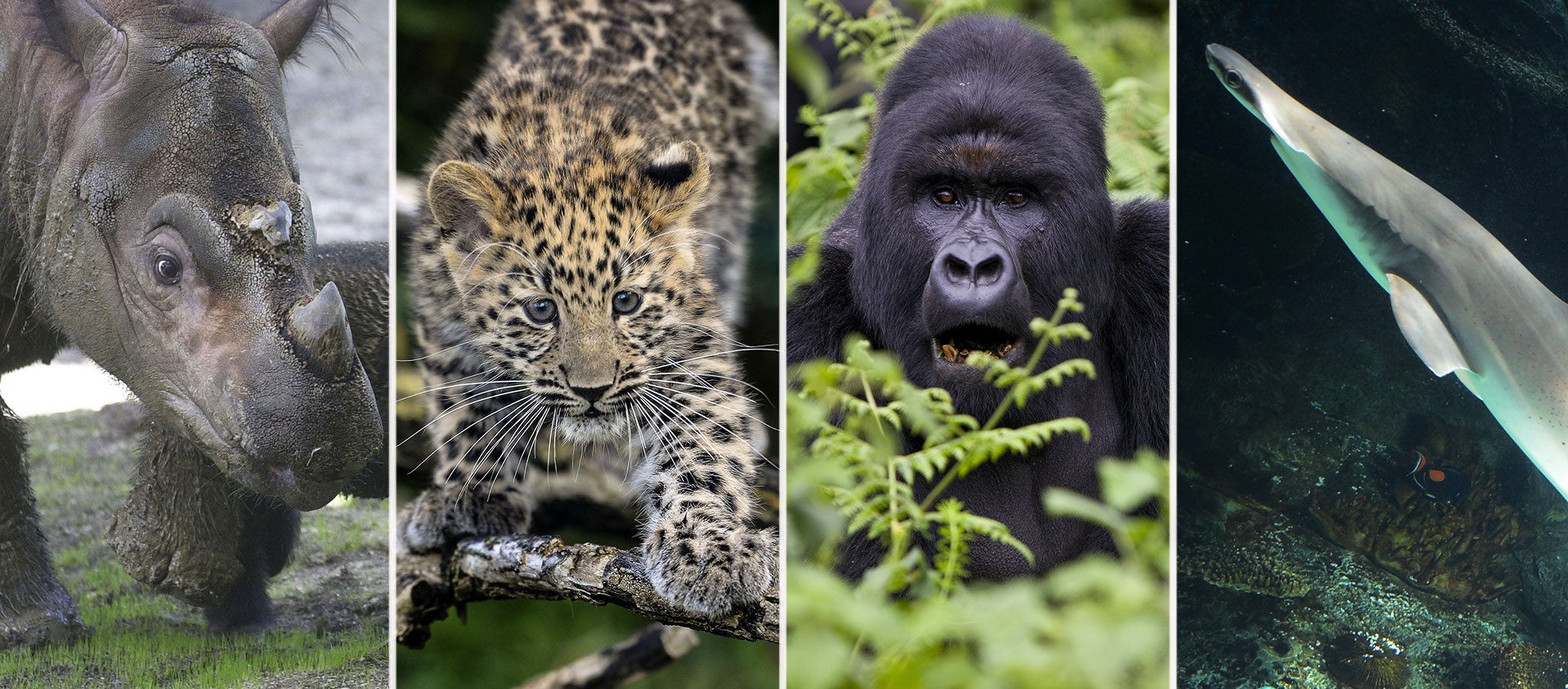World 'on the verge of next mass extinction': Humans have caused extinction rates to increase by up to 10,000 times

Your support helps us to tell the story
From reproductive rights to climate change to Big Tech, The Independent is on the ground when the story is developing. Whether it's investigating the financials of Elon Musk's pro-Trump PAC or producing our latest documentary, 'The A Word', which shines a light on the American women fighting for reproductive rights, we know how important it is to parse out the facts from the messaging.
At such a critical moment in US history, we need reporters on the ground. Your donation allows us to keep sending journalists to speak to both sides of the story.
The Independent is trusted by Americans across the entire political spectrum. And unlike many other quality news outlets, we choose not to lock Americans out of our reporting and analysis with paywalls. We believe quality journalism should be available to everyone, paid for by those who can afford it.
Your support makes all the difference.Humanity is responsible for speeding up the natural rate of extinction for animal and plant species by up to 10,000 times, as the planet is on the brink of a dinosaur-scale sixth mass extinction, a new study has warned.
Species are disappearing around 10 times faster than is widely believed in the scientific community, while in pre-human times extinction rates were slower than previously thought, researchers from Duke University in the US said.
“We are on the verge of the sixth extinction,” lead author, biologist Stuart Pimm, said. “Whether we avoid it or not will depend on our actions.”
Praised by independent experts as a landmark report, it focuses around calculating a “death rate” of how many species become extinct each year out of 1 million species.
Analysing the latest research, the team concluded that the pre-human extinction rate was 0.1 per year per 1 million, rather than 1 per 1 million, as a previous study led by Dr Pimm in 1995 suggested.
Today, the rate is at least 1,000 times greater than the 0.1 figure at 100 extinctions per year per million species, but could be up to 1000 per 1 million, Dr Pimm said.
Although a combination of numerous factors is responsible for the acceleration in disappearance of species, the biggest is habitat loss caused by humans, Dr Pimm and co-author Clinton Jenkins from the Institute of Ecological Research in Brazil said.
Other major issues are invasive species introduced by humans crowding out native species, climate change affecting where species can survive and overfishing.
A good example is the buffy-tufted-ear marmoset Dr Jenkins said development in Brazil has decimated its habitat while a competing marmoset has taken over where it lives.
The oceanic white-tip shark used to be one of the most abundant predators on Earth, but they have been hunted so much they are now rarely seen, added Dalhousie University marine biologist Boris Worm, who praised the study. “If we don't do anything, this will go the way of the dinosaurs.”
Other species at great risk include the Sumatran rhinoceros, Amur leopard and mountain gorilla.
Dr Pimm and Mr Jenkins did however say there is some hope. Both said the use of smartphones and applications such as iNaturalist will help ordinary people and biologists find species in trouble, they said. Once biologists know where endangered species are, they can try to save habitats and use captive breeding and other techniques to save the species, they said.
One success story is the golden lion tamarin. Decades ago the tiny primates were thought to be extinct because of habitat loss, but they were then found in remote parts of Brazil and bred in captivity, and biologists helped set aside new forests for them to live in, Dr Jenkins said.
“Now there are more tamarins than there are places to put them,” he said.
Additional reporting by AP
Join our commenting forum
Join thought-provoking conversations, follow other Independent readers and see their replies
Comments